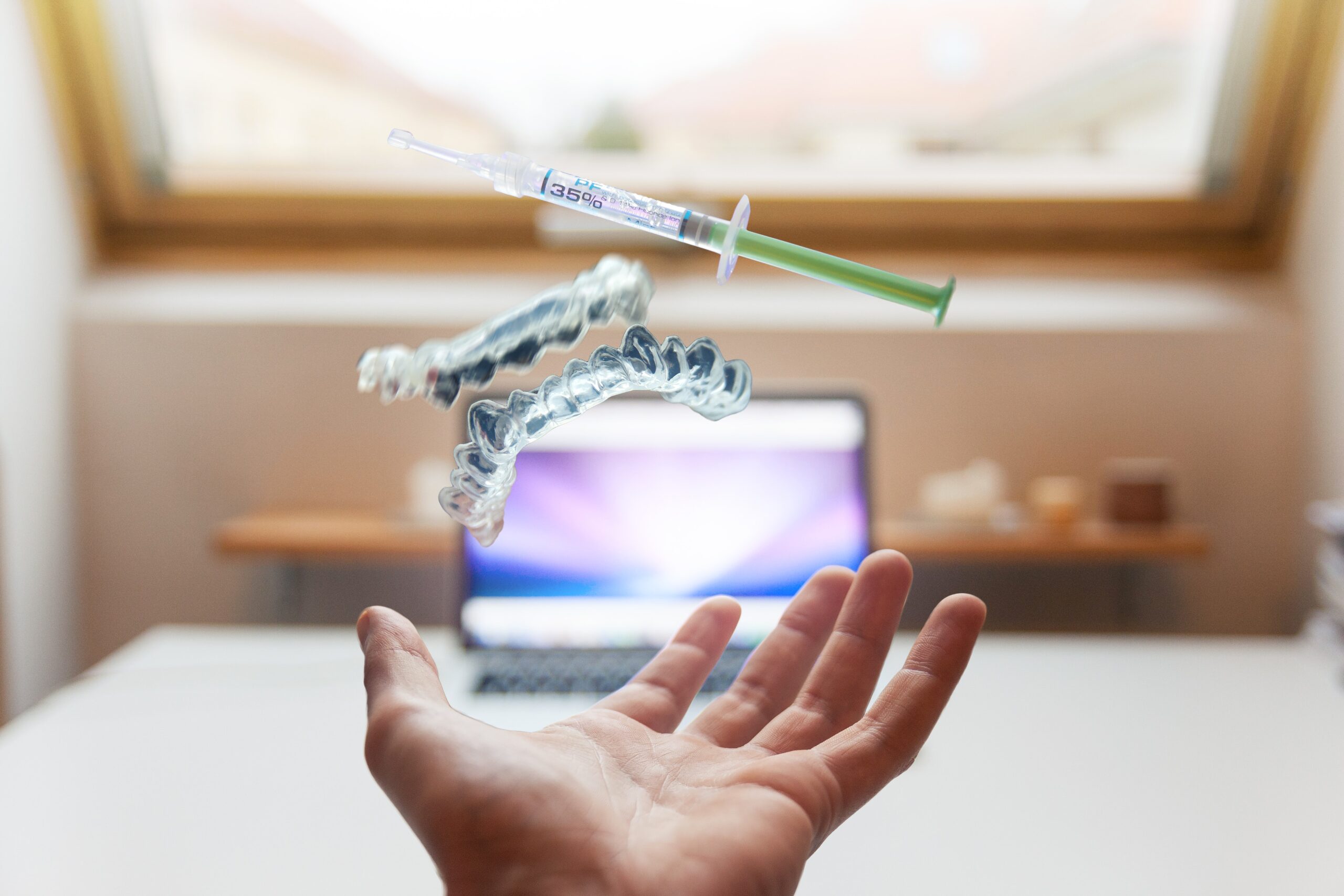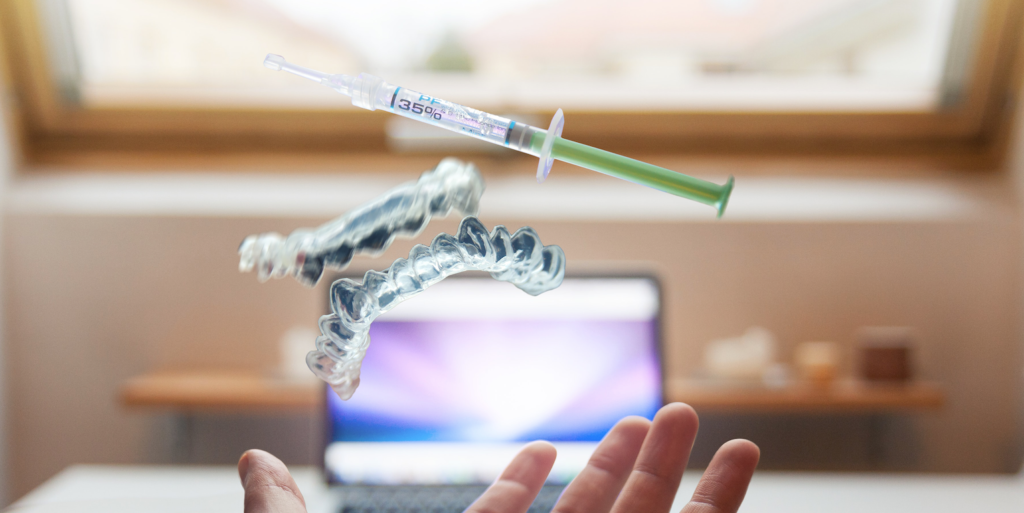Dental Implants serve as an ideal alternative to dentures and bridges. However, they involve the surgical placement of implants, unlike other treatment methods. You may ask, can you have dental implants with receding gums?
A dental implant is a small but strong titanium alloy screw that is surgically placed in the patient’s jawbone to replace their damaged or missing natural tooth. Dental implants are drilled into the jawbone to allow easy placement of artificial teeth to the jaw. The procedure may sound daunting, but if you choose the right expert like dentist near me Lincoln Park, the whole procedure would be a breeze.

Dental implants allow easy replacement of broken/missing teeth and provide support to lose, removable dentures.
How Do Dental Implants Look?
Even one missing tooth can have a significant impact on a person’s appearance. It can stop a person from smiling freely and become one of the reasons for lack of confidence. The difference between replacing missing teeth with dental implants before and after is that it can boost a person’s confidence and morale. As implants look just like natural teeth, few people can spot the difference in a patient’s mouth when they smile.
Dental Implants Procedure
Dental implants are a permanent solution, unlike bridges and dentures. Their procedure is a bit lengthy and time-consuming, and also, there’s the time needed for post-treatment recovery. The first step involves taking x-rays of your mouth to create a replica of your teeth and gums. X-rays also allow the dentists to see the exact condition of the site.
If an implant is being opted for a damaged tooth, the dentist will first extract this tooth. Then, the dentist will check for the condition of the jawbone. If this isn’t strong enough to hold an implant, then the patient will suggest bone grafting. A bone graft involves transplantation into the jawbone to make it strong enough to hold the implant. Once the bone graft procedure is complete, the site will be given some time to heal.
The next step involves installing the metal tooth root into the jawbone. This is the most invasive part of the treatment, and hence some patients opt for local anesthesia during this.
Next, the dentist will cut the gum to expose the bone to drill a hole to place the implant in easily. Post this; your jawbone will be given ample time to grow and unite with the implant to form a strong foundation for your artificial tooth.
Next, your dentist will place the abutment – the piece required to attach the new crown. The gum will be opened to expose the implant and place the abutment. Once the abutment is connected, the gum tissue around it will be closed. After this, the crown will be ready to be attached and cemented if it’s a fixed crown. In removable crowns, the cement process will be excluded to allow the patient to remove the crown whenever they require.
Are Dental Implants Painful?
Mainly, the dental implant procedure is carried out under local anesthesia. This is why patients don’t feel any discomfort during treatment; however, once the effect of the anesthesia wears out, the patient may feel slight pain on the site.
If there are many dental implants to be fixed, the patient is given general anesthesia, which makes them completely unaware of what’s happening during the procedure. Once the patient is awake, the dentist may give local anesthesia to avoid discomfort when leaving the clinic.
If you want to replace your missing or damaged tooth, ask your dentist in Blackburn or look for an All on 4 dental implants near me if you are a candidate for dental implants.

